Is your rehab on pause or are you just needing more? Or do you know someone in this situation? Is physio just too expensive or unavailable? Are you currently still in a wheelchair or just not doing enough to progress? Do you know how to? Or, do you have just a few limitations from stroke?
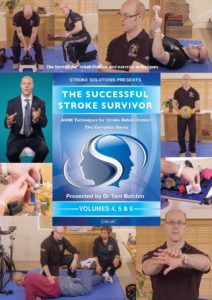 Whatever your status, whoever you are, to mark 20 years of ARNI, we would like to offer you today the Successful Stroke Survivor DVDs (Full set) (all 45-60 mins) with a massive £50 off!
Whatever your status, whoever you are, to mark 20 years of ARNI, we would like to offer you today the Successful Stroke Survivor DVDs (Full set) (all 45-60 mins) with a massive £50 off!
7 DVDs for just £39.60! Please hurry while stocks last at ARNI, to avoid disappointment. Read the many testimonials below.
With this offer, 4 of the 7 DVDs can be gained for free!
Learn how ARNI Rehab Concept align directly with the latest evidence base for stroke rehabilitation interventions and get to practise them alongside Dr Balchin as your guide, at home.
PLEASE HELP OTHERS: If you have a family member or friend who has had a stroke, would you forward on this offer to him/her/them, if appropriate?
If you are a stroke survivor, by following the advice in these 7 DVDs you will totally transform yourself. You will be able to consider careful reduction of the use of a wheelchair, stick and rigid plastic orthotic, as appropriate. Amongst many other things, Dr Balchin will show you a totally innovative method to get down and up from the floor, how to do it in a totally safe way and run you through all eventualities.
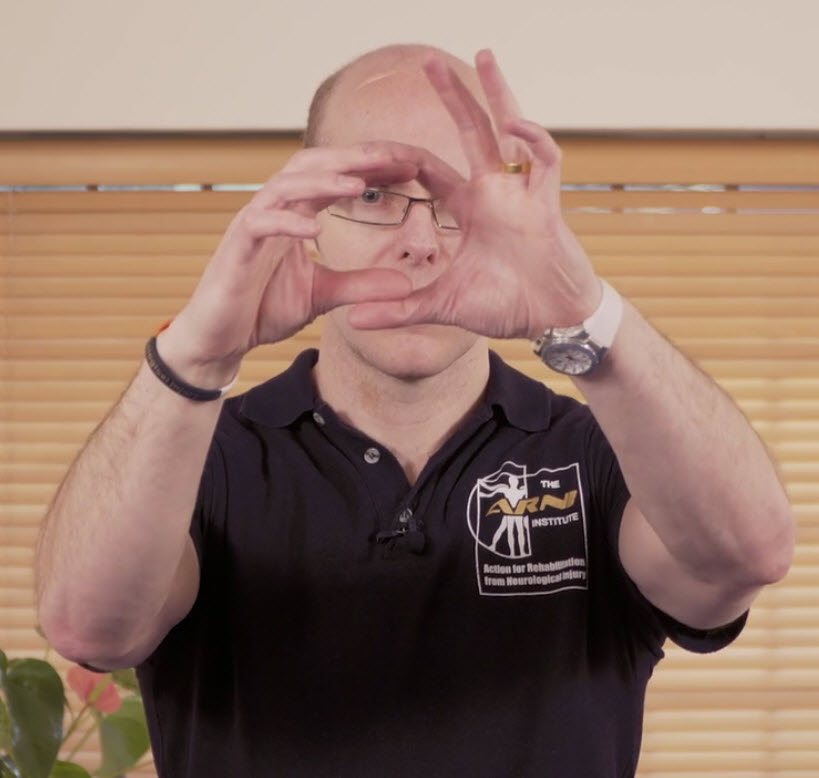
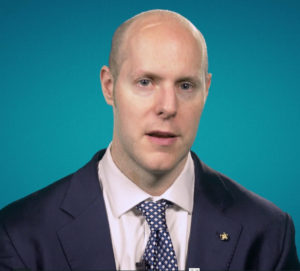 He will show you how to recover balance, how to walk and turn without problem, how to cope with drop foot, how to reach, grasp and release well again, how to become stronger and robust.. and how to tackle all sorts of activities of daily life that you hadn’t dreamed possible after stroke.
He will show you how to recover balance, how to walk and turn without problem, how to cope with drop foot, how to reach, grasp and release well again, how to become stronger and robust.. and how to tackle all sorts of activities of daily life that you hadn’t dreamed possible after stroke.
Importantly, he will show you how to become more self-reliant rather than dependent on others.
Contained in these DVDs, is a wealth of information relayed by Dr Tom, who has ‘been there’. A stroke survivor himself, he shows you exactly what to do to make an incredible recovery: you will not BELIEVE what can be done!
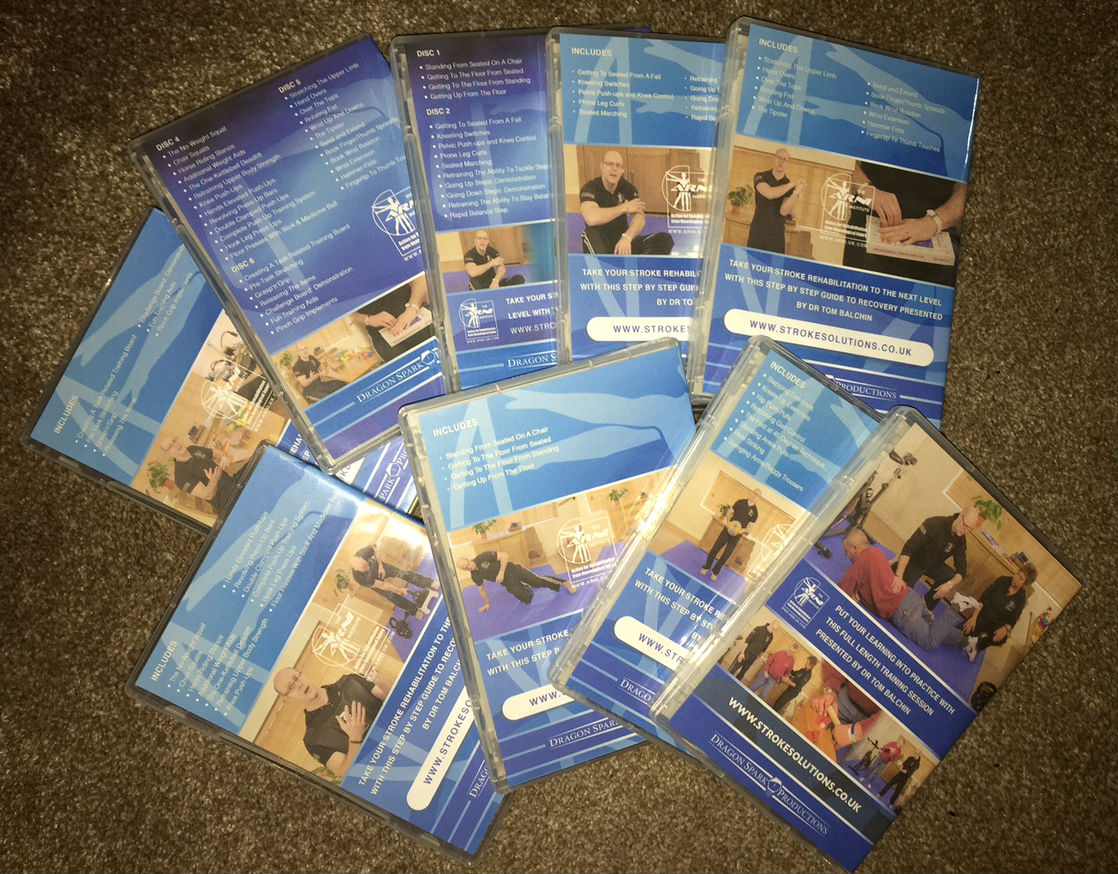 You can do it: Dr Tom will show you how, and in the Bonus DVD, will also show you a full training session with a stroke survivor so you can see how everything works.
You can do it: Dr Tom will show you how, and in the Bonus DVD, will also show you a full training session with a stroke survivor so you can see how everything works.
To mark 20 years of ARNI: £50 off Full Set of Stroke Rehab 7 DVDs.
CLICK HERE TO GET YOUR DVD SET!
Make sure to select the ‘DVD Set by Post’ in your video type to take advantage.
Reviews:
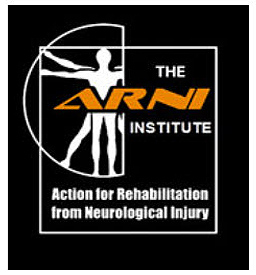
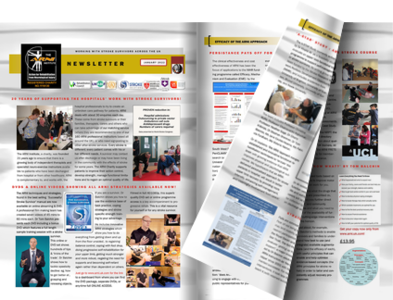
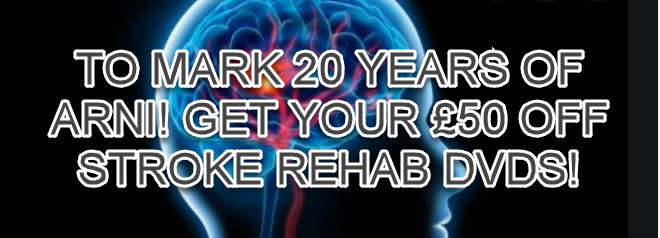

Thomas Eldred (Verified Purchase) – (USA)
Elvira Oravecz Péter (Verified Purchase) – (Hungary)
Petr Pokorny (Verified Purchase) –
All DVDs are very important to us for my husband, every move is very precious every minute, thanks for the help, we work every day, we learn. We want good health and good luck Enikő and Ernő
Tim Webster (Verified Purchase) –
Full of practical tips, drills and ideas, “THE SUCCESSFUL STROKE SURVIVOR” videos are an excellent resource for stroke survivors.
Suzie (Verified Purchase) –
I definitely recommend these dvds, beautifully presented and easy to follow and very inspirational. I use them now in addition to my private physio to help in my recovery, only wish they were available earlier. Lots of training strategies and exercises developed by Tom, a true expert and stroke survivor. Don’t hesitate buy the complete set.
I am an ARNI instructor in training and I am finding these videos essential in helping me become a knowledgeable, effective and inspired trainer. I purchased the complete set, along with Dr Balchin’s Stroke Survivor book and I refer to them on a daily basis and I know they will continue to be an indispensable tool in my development. Each technique is clearly explained and demonstrated by Tom and the great thing is that you can pause at any point to try it yourself, or listen back to something. If you are a carer, friend or family member, wanting to help a loved one who has had a stroke then these DVDs are a must.
As a former Royal Marine, these exercises have been paramount in improving the functional use of both my arm and hand. I would wholly recommend ‘DVD Volume 5’ to anyone who wishes to improve their condition, following a stroke.
Russ Kennedy (Verified Purchase) – (USA)
It’s my pleasure to recommend the Stroke Solutions DVD. I purchased the book, The Successful Stroke Survivor, about five years ago but found that I needed to be shown how to do certain exercises. Since I have obtained the affordable and worthwhile DVD, I continually refer to it. I wish that you had been able to make it available sooner. Many thanks. Russ Kennedy PhD, MBA, MPH
Justin Smallwood (Verified Purchase) –(UK)
Peter Corfield (Verified Purchase) –(France)
I had an AVM stroke 1st June 2010.We were in France. My wife found me on the floor having returned from an art experience there was no way of telling how long I had been there. Maybe 4/5 hours or longer a helicopter was called from Dijon I was flown to a hospital in a coma. Missed out on the view. They did an emergency craniotomy to repair the vein that had burst .I was put in an induced coma for about 2 and a half weeks. When I awoke I was hemiplegic left side. Enough about me. These DVDs are so Amazing I can’t tell you how good they are in words try them yourself. I may even do some of the exercises as my you tube stroke blog when I have enough time in the day . You may have seen me armchair gardening filling and emptying the dishwasher fetching the wood. Everyday life can be achieved after stroke and I owe it all to Dr. Tom Balchin and Arni Institute. Buy the DVDs they are Awesome.
Nick Cole (Verified Purchase) –(UK)
Finally, all his knowledge is distilled into a set of DVDs. They’re pure gold dust, refined over many years experience working with stroke survivors of all ages. I’m working through the exercises in the DVDs and they still form the basis of my twice-weekly physiotherapy and self-rehab programme.
Louis Rowson (Verified Purchase) –(UK)
Found the DVDs very inspirational, I have had a lot of help from the wonderful therapists in North Devon, but need now to move on and I believe Tom’s DVDs will help me. My initial prognosis left me wheelchair bound, but with determination and support I can now walk with support, my left hand is still of very little use but I have been given fresh motivation by the DVDs.
These DVDs are beautifully and compassionately presented by Dr Tom Balchin and his team! Every move, exercise, strategy is clearly described and demonstrated, with many repetitions of the complexities of some of the coping strategies and functional training techniques and drills. I recommend these to every stroke survivor and their families, and carers. As an adjunct to ‘The Successful Stroke Survivor’ the DVDs give strong visual and aural cues to the descriptions in the book. This actually makes the learning of, and thus the effective implementation of the strategies, much more accessible.
Gary Sacheck (Verified Purchase) – (USA)
I am a stroke survivor and agree with the statement that, “knowledge is power” and this video plus all those that accompany this in Tom’s collection deliver that specific knowledge that a stroke survivor needs. This video like all in the collection inspire and provide the variety and “make it fun & interesting” style in your exercises to help you keep your rehab progressing.
Owen Thomas (Verified Purchase) –(UK)
Very informative and helpful: clear and concise instructions with great attention to detail on technique! Thank you!